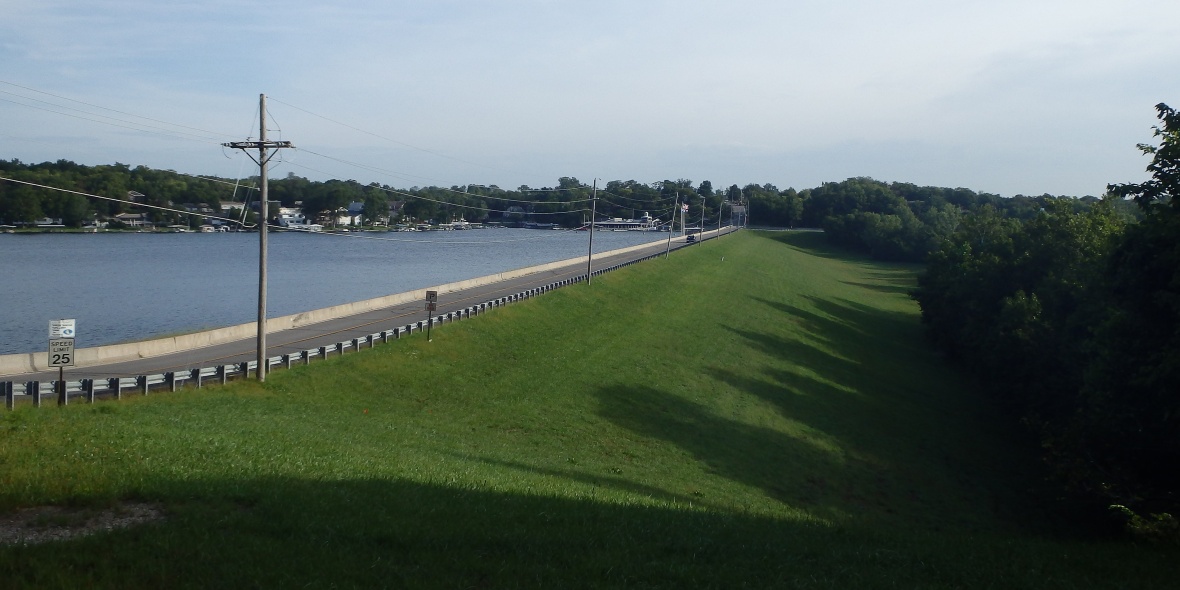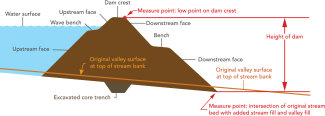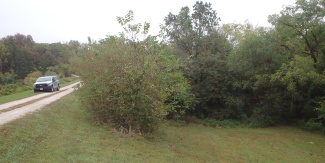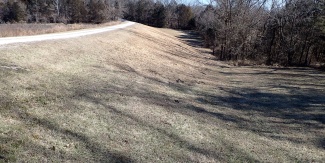
The Missouri Department of Natural Resources’ Dam and Reservoir Safety Program ensures dams in the state are constructed, maintained and operated in a safe manner. Safety is accomplished by regulation of all nonagricultural and nonfederal dams 35 feet or greater in height and by providing technical assistance and informational resources to all dam owners.
Regulating dams in Missouri
Currently, there are 728 regulated dams and reservoirs in Missouri. With the use of Laser Imaging, Detection and Ranging (LIDAR), aerial photography and geographic information system tools, the program has identified more than 600 additional dams that require a height evaluation to determine if the dam falls under the program’s rules and regulations. In 2022, new funding provided by the Missouri legislature added one full-time employee to the Dam and Reservoir Safety Program to assist in evaluations and efforts to bring unsafe dams into compliance with state dam safety requirements.
Effectively communicating the permitting process to a dam owner can be cumbersome and difficult. Site visits help determine the dam height and document other key details associated with the dam. Dams that are 35 feet or greater in height require a permit. Engineering modifications are often required to be completed by the owner in order to obtain a permit. While this process can be costly, it is required to ensure dams are built by the proper standards to protect lives and property downstream. Once the owner completes the permitting process, the department assists with answering questions and explaining the liability expectations of dam ownership.
How Dam Height is Measured

An example
A dam in Franklin County required evaluation. The dam was determined to be 38 feet in height and, therefore, required a permit. A registration permit was also required, since the dam was in existence prior to the adoption of dam safety rules in 1981. The owner was notified and had many questions regarding permitting and what it meant to own a regulated dam.
Trees and brush were excessive upstream and downstream of the dam faces, and had to be cleared before engineering analysis could be completed. Fortunately for the dam owner, no other modifications to the existing dam were required prior to obtaining a permit. Other evaluated dams have required extensive modifications. For dams built after 1981, the owner is required to retain an engineer to perform the engineering analysis.


The Franklin County dam owner said of the process, “I now better understand my liability associated with dam ownership. The staff took the time to fully answer our questions and navigated us through the permitting process. They mentioned that this is a partnership to protect the downstream public and our investment. I believe they are right.”
With 600 dams to evaluate, the process will take some time to complete. The program has developed a priority ranking process to evaluate the highest risk dams, based on many factors such as lake area, downstream hazard and dam height. The program plans to complete the evaluation process over a period of 10 years. Approximately 200 of the evaluated dams are expected to fall under regulation, requiring a permit.
For other dam height scenarios, visit our website: dnr.mo.gov/land-geology/dam-reservoir-safety.

